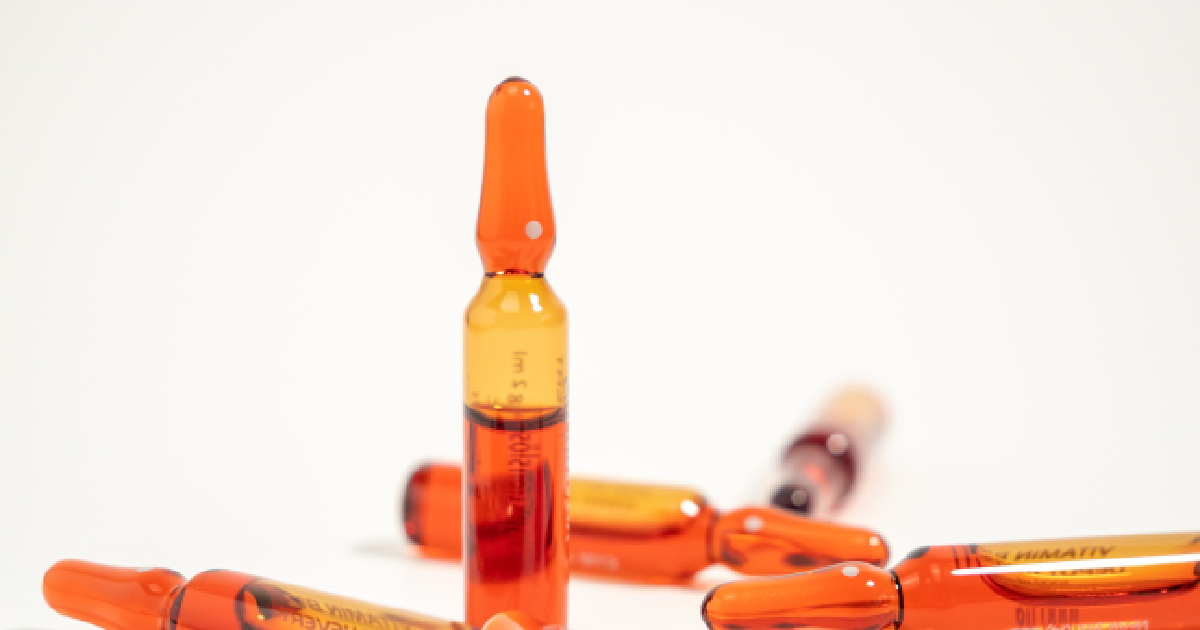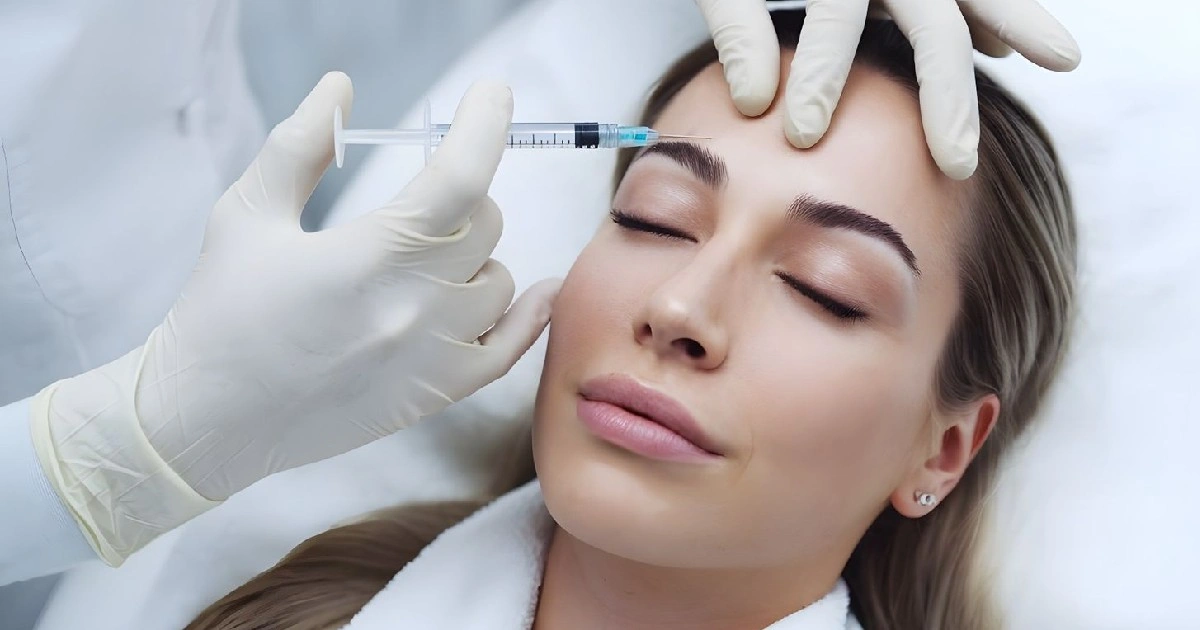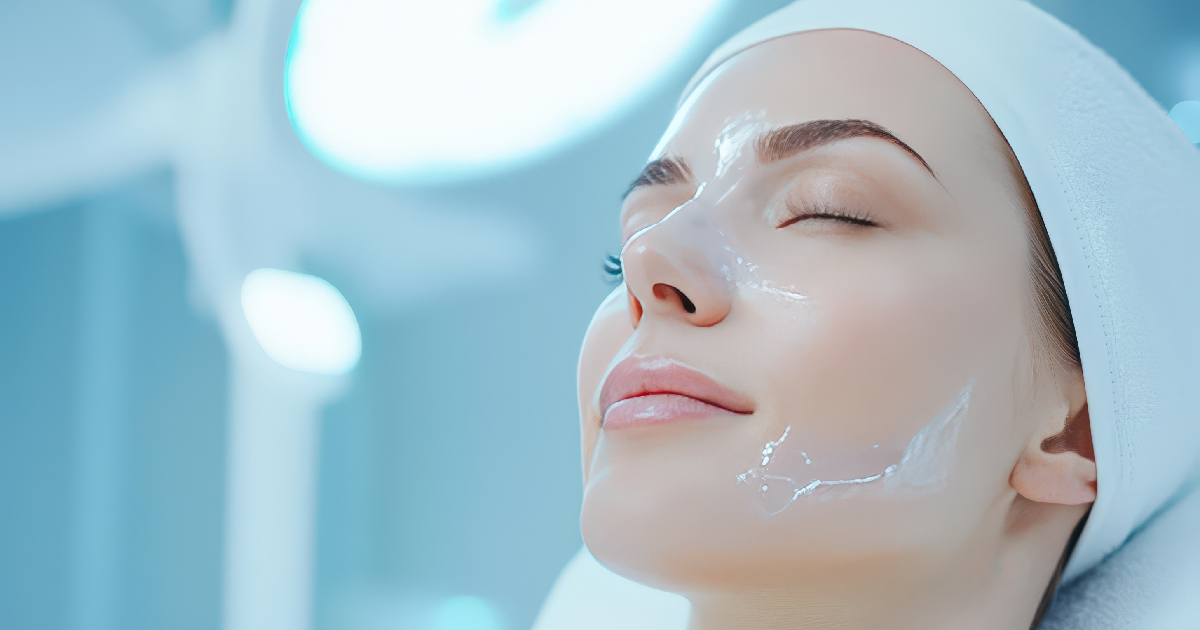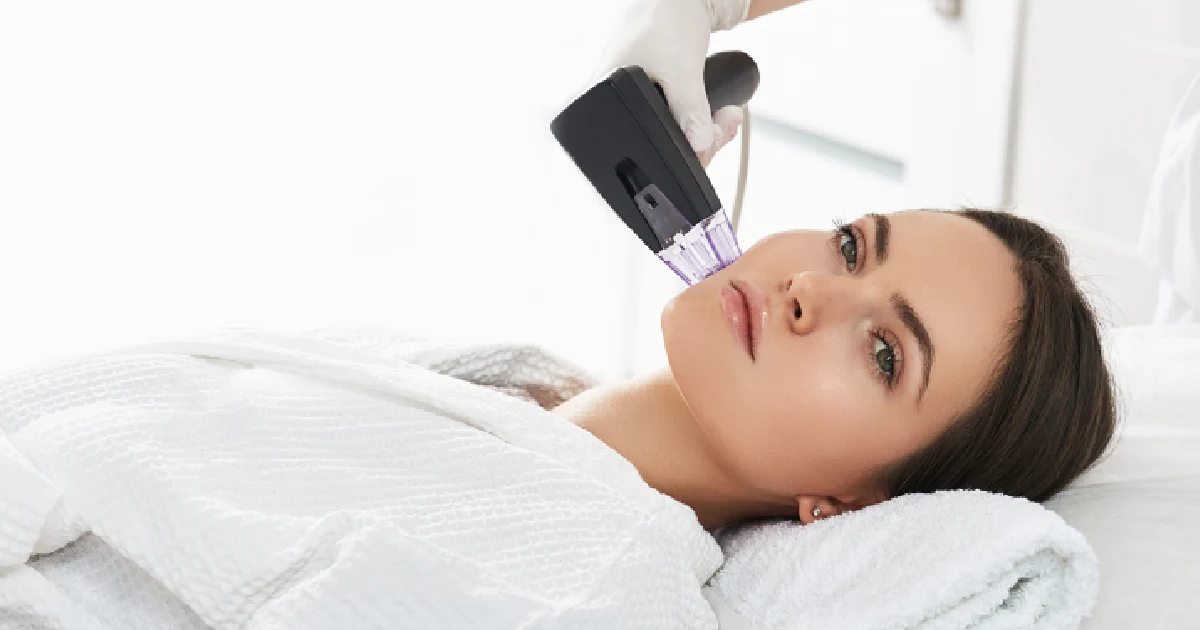Are you looking for a way to rejuvenate your skin and achieve a youthful appearance? If so, consider a chemical peel. Chemical peels have been a popular skincare treatment for many years and for a good reason. They offer a range of benefits that can help improve your skin’s overall look and feel. In this blog post, we’ll dive into the benefits of chemical peels, how they work, and who is a good candidate for the treatment. By the end of this post, you’ll better understand whether a chemical peel is right for you.
How Chemical Peels Work
Chemical peels are a non-invasive treatment involving applying a chemical solution to the skin. The solution removes the outer layer of dead skin cells, revealing smoother, brighter skin underneath. The depth of the peel will depend on the strength of the chemical solution used and the amount of time it is left on the skin.
There are three chemical peels: superficial, medium, and deep. Superficial peels use mild acids such as alpha-hydroxy acid (AHA) to target only the top layer of the skin. In contrast, medium peels use trichloroacetic acid (TCA) to penetrate deeper into the skin. Deep peels use phenol, a strong acid that can deeply penetrate the skin to address more significant skin concerns.
While chemical peels may sound harsh, they are generally safe when performed by a trained professional. Not all skin types are suitable for chemical peels, and your skincare specialist will evaluate your skin to determine the best treatment for you.
Benefits of Chemical Peels
Chemical peels offer a range of benefits for the skin, including:
- Improves Skin Texture: Chemical peels can help improve the skin’s texture by smoothing out rough patches and reducing the appearance of large pores.
- Reduces Acne Scarring: Chemical peels can help reduce the appearance of acne scars by promoting new skin cell growth and improving skin tone.
- Reduces Hyperpigmentation: Chemical peels can help reduce the appearance of hyperpigmentation, such as age spots, sunspots, and melasma, by breaking up and removing the excess pigmentation.
- Diminishes Fine Lines and Wrinkles: Chemical peels can help diminish the appearance of fine lines and wrinkles by stimulating collagen production and improving skin elasticity and firmness.
- Brightens Skin Tone: Chemical peels can help brighten dull, uneven skin tone by removing dead skin cells and revealing brighter, more radiant skin.
- Stimulates Collagen Production: Chemical peels can stimulate collagen production, which can help improve the overall health and appearance of the skin.
- Boosts Confidence: Chemical peels can help boost confidence by improving the appearance of the skin and reducing the appearance of imperfections.
Who Should Get a Chemical Peel
Chemical peels are an excellent option for many people but only suitable for some. Individuals who may benefit from a chemical peel include:
- Those with sun-damaged skin
- Individuals with acne-prone skin
- Those with hyperpigmentation, such as age spots or melasma
- Individuals with fine lines and wrinkles
- People who want to improve the overall texture and appearance of their skin
Not all skin types are suitable for chemical peels, and your skincare specialist will evaluate your skin to determine the best treatment for you. Those with sensitive skin or certain skin conditions may not be good candidates for a chemical peel. Additionally, individuals who are pregnant, breastfeeding, or taking certain medications may need to avoid chemical peels. It’s important to discuss any concerns with your skin care specialist before undergoing a chemical peel.
Aftercare
After a chemical peel, taking proper care of your skin is important to ensure optimal healing and results. Your skincare specialist will provide you with specific aftercare instructions based on the type of peel you received.
In general, avoiding sun exposure, saunas, and hot showers for at least 48 hours after a chemical peel is recommended. You should avoid harsh scrubs or exfoliants and use gentle cleansers and moisturizers. Your skin may be sensitive and slightly red after the treatment, but this should subside within a few days.
It’s important to stay hydrated and protect your skin with a broad-spectrum sunscreen with SPF 30 or higher, even on cloudy days. It’s also recommended to avoid applying makeup for at least 24 hours after the peel to allow your skin to heal fully.
If you experience severe discomfort, blistering, or peeling after the treatment, it’s important to contact your skin care specialist immediately. Otherwise, you should expect to see the full benefits of your chemical peel within a few weeks as your skin fully heals and regenerates.
Conclusion
Chemical peels can be a great way to improve your skin’s texture, tone, and overall appearance. They offer a range of benefits, from reducing acne scarring and hyperpigmentation to stimulating collagen production and reducing fine lines and wrinkles.
If you’re interested in getting a chemical peel, finding a reputable skincare specialist who can evaluate your skin and recommend the best treatment for you is important. You can expect to see significant results and enjoy smoother, brighter, and more radiant skin with proper aftercare.
At Live Vibrant Wellness and Aesthetics, we offer a range of chemical peels to suit your skin concerns and goals. Our team of experienced skincare specialists can help you achieve the best possible results and guide you through the aftercare process. Contact us today to learn more or schedule a consultation.






